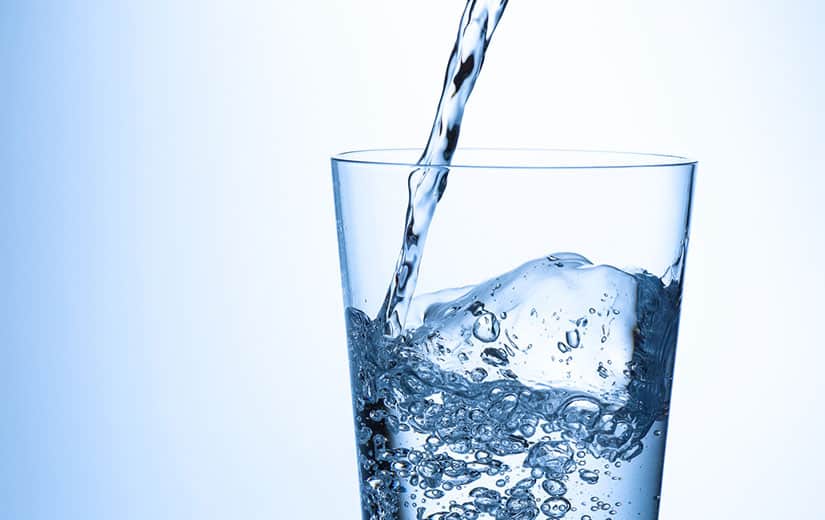Often hereditary, asthma also results from various factors. Find out which ones and how to guard against asthma attacks. There are several natural remedies to overcome this disease which affects both children and adults. Our tips and tricks to relieve your asthma symptoms.
Summary
What is asthma?
Asthma is a disease characterized by inflammation of the bronchial tubes. It is a chronic disease that occurs in the form of attacks.
The inflammation that causes asthma causes the muscles to contract, which leads to a reduction in the diameter of the bronchial tubes. The air then passes with difficulty.
About 4 million people in France are affected by this pathology.
What are the causes ?
Heredity is one of the first causes of the onset of asthma. However, there are other factors, including environmental ones, that act as triggers:
- tobacco, cigarette smoke;
- pollen ;
- polluting or irritating substances;
- allergens;
- a respiratory virus;
- certain foods;
- stress, anxiety;
- medication ;
- strain due to physical activity;
- humidity and dust.
Symptoms
Asthma is manifested by symptoms that can occur during the day, during exercise, or at night:
- a dry, hacking cough. Generally, it announces the beginning of an asthma attack;
- ringing in the chest;
- difficulty breathing accompanies wheezing. It can take the form of oppression. The person then has the impression that his chest is blocked;
- shortness of breath.
On the other hand, the asthma attack, the first symptom of the disease, causes difficulty in inhaling and exhaling air from the lungs.
What are the natural treatments for asthma?
Allergens are among the factors that can trigger an asthma attack. In everyday life, it is possible to avoid allergens as much as possible thanks to simple gestures. And there are also natural remedies such as herbs for asthma relief.
Review your habits in the kitchen
Prefer home cooking to ready meals to prevent any risk of asthma attack.
And in infants, delay food diversification for several months when there is family ground.
Protect yourself from airborne allergens
Avoid dogs and cats in the home if you have asthma. On the other hand, during the pollination period, keep your windows closed and clean the air filtering devices often.
Use of anti-mite
There are anti-mite fabrics. Cover your mattress and your pillow. And wash your sheets every fortnight or so, using a high-temperature machine.
For mattresses, there are also anti-mite packs to fight against asthma.
Ventilate the house
Molds are the enemies of asthmatics. Make sure you ventilate your home well every day, especially your bedroom. Also limit the temperature of your sleeping area (around 18°C).
To do the housework
To counter the dust, no secret. It is necessary to clean regularly and avoid all dusty accessories such as carpets, drapes, carpets, woolen blankets. Also wash your children’s stuffed animals and dolls. They represent dust nests.
Avoid dry cold
If possible, skip outings during periods of dry and intense cold. If necessary, cover your nose and mouth with a scarf.
Step away
Some tunes are good for asthmatics. That of the sea, for example, is devoid of allergens and pollutants. In the high mountains, the purity of the air also soothes the irritation of the respiratory tract.
Warm up before exercising
Sport is not contraindicated when you suffer from asthma. On the other hand, it is important to warm up well before practicing a sporting activity.
Use the benefits of plants
Plants without essential oils have virtues against asthma. During an attack, you can use ephedra, lobelia, quebracho or cumin. And in background treatment, it is possible to use licorice, eleutherococcus, passionflower and hawthorn.
Other plants can also be beneficial like the dandelion.
Chamomile essential oil
This essential oil relieves irritation of the respiratory tract. Just pour a handful of chamomile flowers into a cup of boiling water. Then, leave to infuse for ten minutes. Then inhale.
Note, chamomile flowers can be replaced by drops of eucalyptus, thyme or cypress essential oils.
eucalyptus oil
It has decongestant properties and can treat asthma attacks. Just put a few drops of eucalyptus oil on a paper towel and place it near your head overnight.
To drink a lot of water
Drinking in quantity helps fight against asthma. You can also replace the water with hot drinks such as herbal teas.
onion
Enriched with sulphur, the onion represents an excellent natural remedy against asthma. Consume it regularly cooked or raw.
Note, garlic is also a good way to prevent asthma attacks.
More natural treatments:
- 7 natural treatments for warts
- 7 Natural Acne Treatments
- 7 Natural Psoriasis Treatments
- 7 Natural Lice Treatments
- 3 natural treatments for scabies
- 11 Natural Constipation Treatments
- 9 natural treatments for angina
The aerosol to relieve an asthma attack
If you have a young child, it can be complicated to use an inhaler, even with the adapter, to relieve an acute attack. It is difficult to know if the child has taken the correct dose of medicine. It is for this reason that some doctors prescribe aerosols at home. Indeed, the compressor will push the air into the nebulizer which contains the drug. This will be deposited in the respiratory tract in the form of a mist. Depending on the model chosen, you will have a mask or a mouthpiece.
To do your aerosol therapy, you must:
- place the compressor on a flat and stable surface
- plug in the machine
- prepare the solution to put in the nebulizer
- add a little phy serum to reach 5 ml
- tune the mask to the machine
- put the mask on your child’s face
- start the aerosol
As for the product to put in the nebulizer chamber, often they are ready to use. You will just have to pour it into the chamber. Also note that you can mix several products, provided that it is specified on the prescription written by the doctor.
When you put the mask on your child’s face, he must be in a seated or semi-seated position, otherwise the product in the nebulizer chamber cannot rise to the respiratory tract. Let your child breathe normally with the mask on, then after a few breaths, ask him to take in more air. The medicine will go deeper and work better. Of course, he has to be able to.
When the nebulizer chamber is empty, the aerosol therapy is finished. Turn off the compressor, then remove the mask and clean your child’s face. Get into the habit of immediately rinsing the nebulizer chamber and mask.



